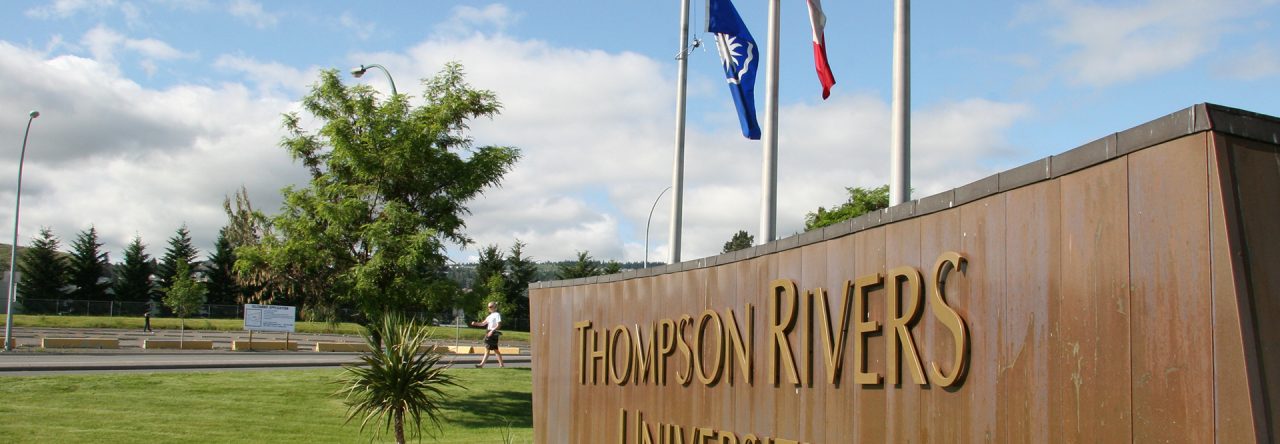By Jacqueline Kampman, Associate Teaching Professor, Psychology
Walking down the hallway of the first floor in Old Main, this quotation on the wall catches my eye as I pass by. I can’t help but reflect: How am I being kind, calm and safe? What leadership do I provide my students as they each navigate their own COVID-19 circumstances? How does my teaching promote their kindness, calmness and safety as well as their understanding of and concern for others with differing levels of safety and calmness from themselves?
Coming back to in-person classes in September 2021 was both exciting and anxiety-provoking. There were varying degrees of eagerness to get back to in-person classes for both students and teaching faculty. We expressed varying degrees of uncertainty and hesitancy as well. How would I navigate and accommodate these differences in perceived levels of safety, calmness and even kindness? How would I help students navigate the different expectations for in-person vs. on-line attendance and assessments that they would potentially experience as their teachers were not all “on the same page” with respect to perceptions of safe learning practices for themselves and their students?
As I planned and navigated my return to in-person classes, safety became my primary focus – both physical and mental health safety. My definition of safety included considerations of the kindness and calmness that Bonnie Henry had advised. A consideration of physical safety was perhaps the easiest in my mind to convey. I reviewed safety mandates both in-person and on-line: I aimed to be respectful, calm and kind and in turn expected the same from my students. However, dilemmas inevitably arose: Do I remove my own mask to speak or not? I do have the physical distancing to do so; it will help my students to more clearly hear me. But how might students’ sense of comfort and safety be impacted? Ultimately, I decided to remove my mask when I was in a physically safe zone to do so. I clarified that I would keep my mask on if even one person expressed discomfort. Students could do this anonymously. Rules were easily established regarding closer contact and mandatory mask-wearing.
A more time-consuming consideration was how to best promote mental health safety. Prior to the pandemic, I did not use Moodle. Returning to campus in September 2021, my initial motivation to continue using Moodle alongside in-person teaching had more to do with the perceived uncertainties regarding class attendance. Not only would students be more comfortable in navigating this on-line space should cancellation of classes be necessary, but individual students who missed classes would be supported. All lecture outlines and resources were posted; classroom participation was assessed in on-line forums; and assignments completed using various Moodle tools. This resulted in a level of calmness amongst my students as they were assured that they would have on-going access to class participation via Moodle if necessary for themselves and they were being acquainted with the types of Moodle tools that would be essential if a complete return to on-line classes were necessary. I assured my students that we were in this together: we could make this work even if circumstances were to suddenly change. We would protect and support each other. Our learning would continue.
Continuing to use the available Moodle resources has supported my students’ well-being in a variety of additional ways. For instance, I have observed an increased preparation for and participation in my in-person classroom. Student confidence in expressing ideas in-person has been enhanced by requiring completion of on-line forums: Students are receiving a greater exposure to differences in their thought and perspectives; they can see other students’ perspectives in written form as well as hear these in oral form. They encounter good (and poor) models of forum answers; they can self-correct through their reading of on-line comments as well as their in-class participation; they are able to learn from their errors in a “low stake” way. Overall, they feel (and are) more prepared for class; their anxiety regarding class participation is reduced. Some students have commented that they had “forgotten” how to have in-person discussions due to their past year of being isolated. They value the regained opportunity to have such discussions with the support of the required online forum preparation.
In my reflections on mental health safety, I have come to realize that my needs as a teacher in addition to those of my students should be considered. Being kind, calm, and safe should extend to myself as well. I am teaching on campus: There is a limit to the amount of time I should spend preparing on-line resources in addition to in-class course delivery and teaching. My mental well-being is important and is supported by a healthy work-home life balance.
As new challenges have arisen along with the Omicron variant and its impact on our current Winter 2022 term, I continue to reflect on how to best “immunize” my students. The needs of our students (and ourselves) as we “survive” this pandemic are extensive and varied. What will be the new reality of teaching and learning as we “recover”? How can we best prepare?
Even though some restrictions have been lifted and others will be soon, I encourage you all to continue to “Be kind, be calm, be safe” as you continue to navigate this changing reality for yourselves and your students.



Leave a Reply